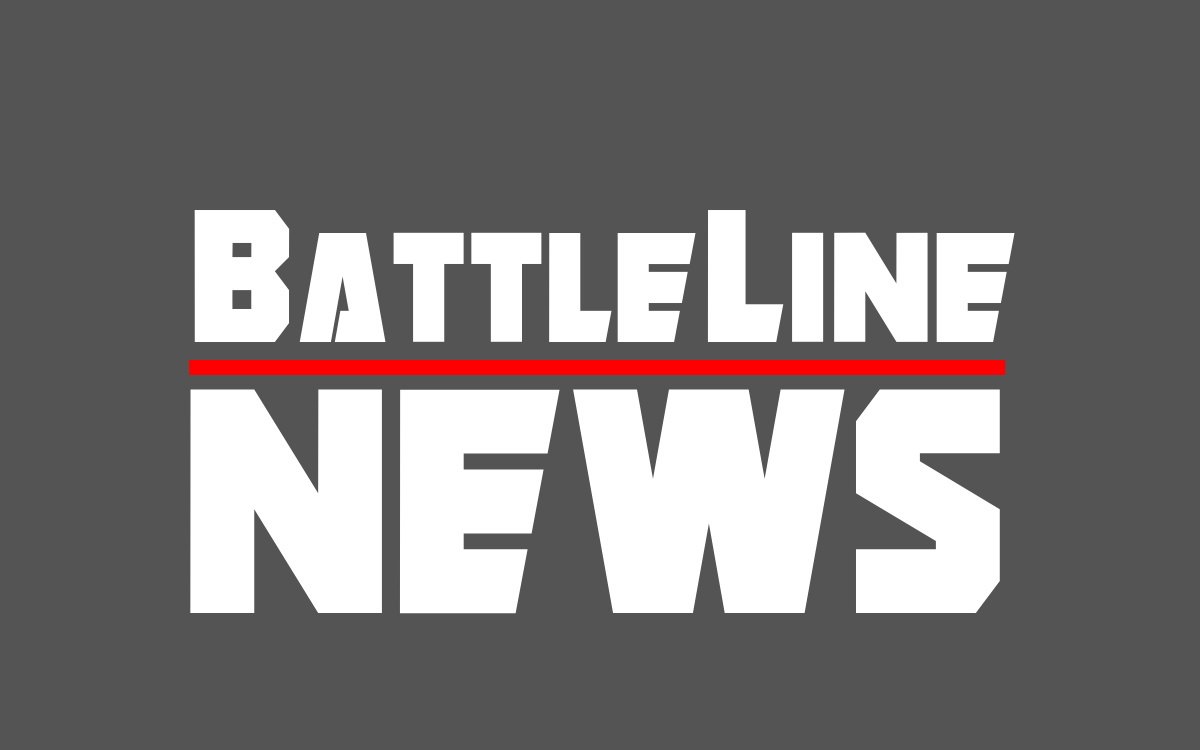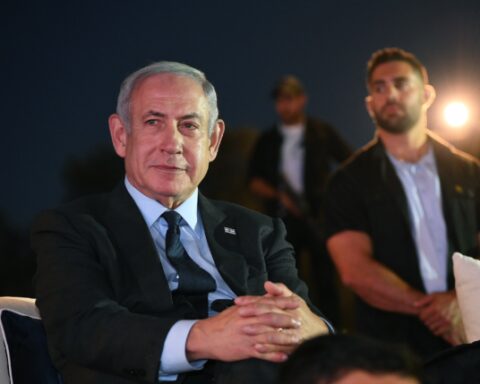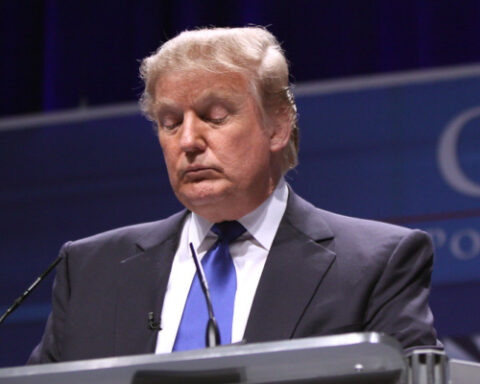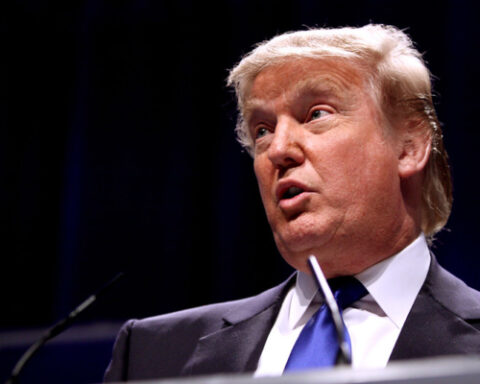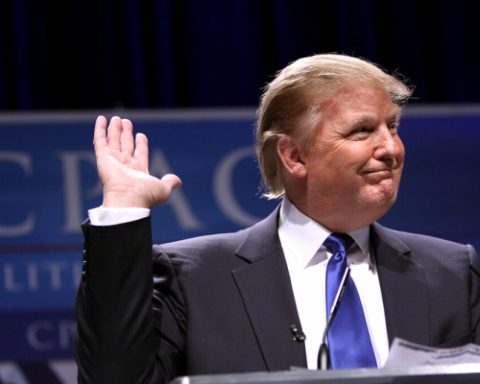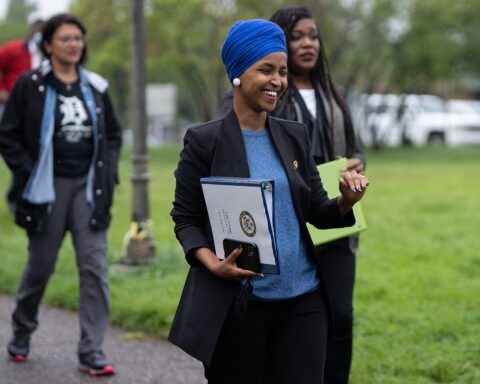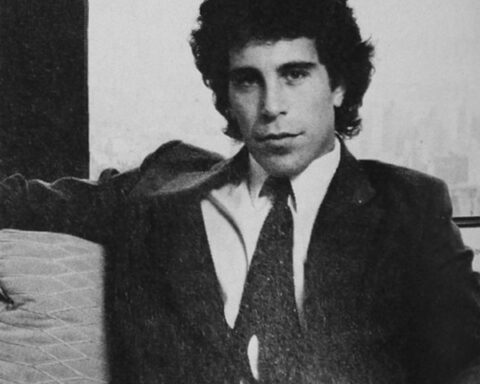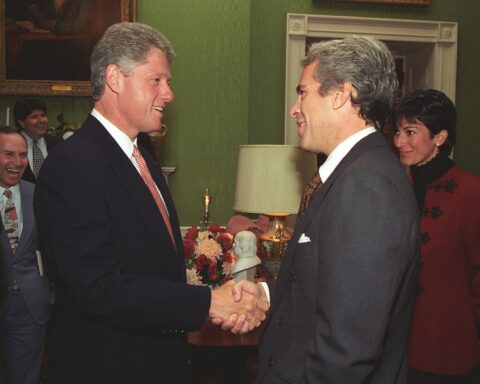Iran had intended to showcase its formidable militia network during this week’s inauguration of its new president. In Tehran, representatives of Palestinian Islamic Jihad, Lebanon’s Hezbollah, Yemen’s Houthis, and Hamas convened. Hamas political head Ismail Haniyeh gave new Iranian President Masoud Pezeshkian a hug during festivities.
However, Haniyeh was killed before the following day broke, in an audacious attack in the Iranian capital that is widely believed to be the work of Israel.
It happened only a few hours after the Israeli military declared that one of its senior Hezbollah officials had been killed in an airstrike in Beirut.
The two bold assassination dealt Iran and its self-declared Axis of Resistance a humiliating blow. They have also brought the Middle East dangerously close to a wider conflict, which the United States has been fighting valiantly for months to prevent.
The start of the week saw international officials, spearheaded by the United States, rushing to stop a missile attack in the Israeli-controlled Golan Heights that claimed the lives of twelve youths from escalating into a wider conflict.
Negotiators participating in the process stated that since Israel was under pressure to respond forcefully, their efforts were concentrated on figuring out how to locate a target that would be significant but not so provocative as to demand a strong reaction.
The negotiators added that Hezbollah had repeatedly indicated that striking Beirut or a senior figure would be a violation of red lines.
Diplomats from the United States and the Arab world, who were trying to ease tensions, were worried that bloodshed may break out when Israel crossed both.
The attack on Tehran, the primary supporter of Hezbollah, introduces a risky new factor into the equation.
Regarding Haniyeh’s death, Israel has remained silent. Ayatollah Ali Khamenei, the supreme leader of Iran, hinted on Wednesday that his country will strike back and strike back soon.
With the strikes in Gaza, which are in their tenth month and were spearheaded by Hamas, on October 7, 1,200 people have died, and the Middle East has teetered on the verge of a regional war.
The next day, Hezbollah started shooting rockets into Israel, and since then, there has been almost constant gunfire between the two sides.
Iran retaliated massively to an Israeli raid on Iranian military officers gathered at a diplomatic building in Damascus in April, firing almost 300 missiles and drones in an uncommon direct attack on Israeli territory.
The United States-led coalition assisted Israel in repelling that strike, and Israel’s limited attack on Iran brought a stop to the exchange and created a tense standoff.
[READ MORE: Israel Takes Out Hezbollah’s Number 2 in Audacious Strike on Beirut]
